- sort orderDefault
Photo title, A → Z
Photo title, Z → A
✔ Date created, new → old
Date created, old → new
Date posted, new → old
Date posted, old → new
Visits, high → low
Random - Google Map
- map
 home / Plantae · augalai / Salicaceae · gluosniniai / Populus tremula · drebulė
home / Plantae · augalai / Salicaceae · gluosniniai / Populus tremula · drebulė

-
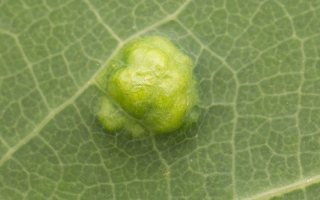 Phyllocoptes populi · gumbadarė erkutė
Phyllocoptes populi · gumbadarė erkutė
-
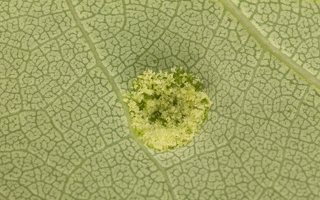 Phyllocoptes populi · gumbadarė erkutė
Phyllocoptes populi · gumbadarė erkutė
-
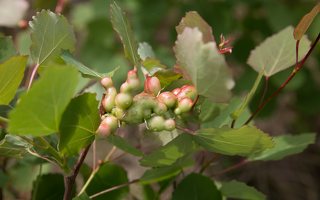 Contarinia petioli · gumbauodis
Contarinia petioli · gumbauodis
-
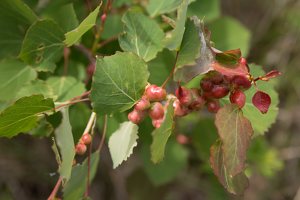 Contarinia petioli · gumbauodis
Contarinia petioli · gumbauodis
-
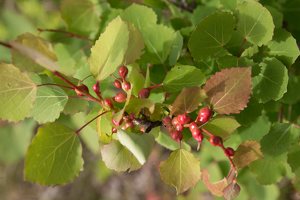 Contarinia petioli · gumbauodis
Contarinia petioli · gumbauodis
-
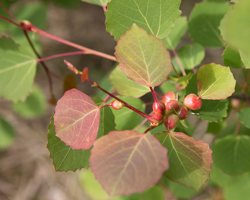 Contarinia petioli · gumbauodis
Contarinia petioli · gumbauodis
-
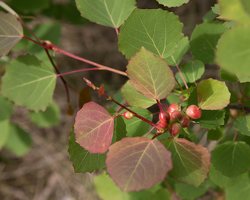 Contarinia petioli · gumbauodis
Contarinia petioli · gumbauodis
-
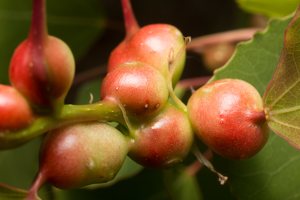 Contarinia petioli · gumbauodis
Contarinia petioli · gumbauodis
Populus tremula · drebulė
- aspen, common aspen, Eurasian aspen, European aspen, or quaking aspen
- Espe, Aspe, Zitterpappel
- drebulė, epušė, apušė
- parastā apse
- topola osika, topola drżąca
en.wikipedia.org/wiki/Populus_tremula The species is native to Europe and Asia, from Iceland east to Kamchatka, north to inside the Arctic Circle in Scandinavia and northern Russia, and south to central Spain, Turkey, the Tian Shan, North Korea, and northern Japan. It also occurs at one site in northwest Africa in Algeria. In the south of its range, it occurs at high altitudes in mountains.
Eurasian aspen is a water and light demanding species that is able to vigorously colonize an open area after fire, clear cutting or other kind of damages. After an individual has been damaged or destroyed, root suckers are produced abundantly on the shallow lateral roots. Fast growth continues until the age of about 20 years when crown competition increases. After that, growth speed decreases and culminates at about 30 years of age. Aspen can reach an age of 200 years. It is a very hardy species and tolerates long, cold winters and short summers.
It is a deciduous tree growing to 40 m tall by 10 m broad, with a trunk attaining over 1 m in diameter. The bark is pale greenish-grey and smooth on young trees with dark grey diamond-shaped lenticels, becoming dark grey and fissured on older trees.
The adult leaves, produced on branches of mature trees, are nearly round, slightly wider than long, 2–8 cm diameter, with a coarsely toothed margin and a laterally flattened petiole 4–8 cm long. The flat petiole allows them to tremble in even slight breezes. The leaves on seedlings and fast-growing stems of suckers (root sprouts) are of a different shape, heart-shaped to nearly triangular. They are also often much larger, up to 20 cm long.
The flowers are wind-pollinated catkins produced in early spring before the new leaves appear; they are dioecious, with male and female catkins on different trees. The male catkins are patterned green and brown, 5–10 cm long when shedding pollen; the female catkins are green, 2–6 cm long at pollination, maturing in early summer to bear 10–20 (50–80) capsules each containing numerous tiny seeds embedded in downy fluff. The fluff assists wind dispersal of the seeds when the capsules split open at maturity.
Labai dažna Lietuvos vietinių medžių rūšis. Sudaro mišrius medynus su beržais, eglėmis, ąžuolais, pušimis, uosiais arba kartais auga grynais drebulynais, kurių Lietuvoje yra apie 2,8 proc. bendro visų medynų ploto. Šviesamėgis augalas. Nemėgsta augti smėlynuose ir aukštapelkėse. Auga labai sparčiai, bet nuo 40-50 metų nustoja augusi. Lietuvoje Išgyvena 80-90 metų, retai iki 150 metų. Užauga 10-25 m, rečiau pasitaiko net iki 42 m aukščio, nors įprastai dažniausiai aptinkamos apie 20 m aukščio drebulės. Jų kamienas iki 1 m skersmens.